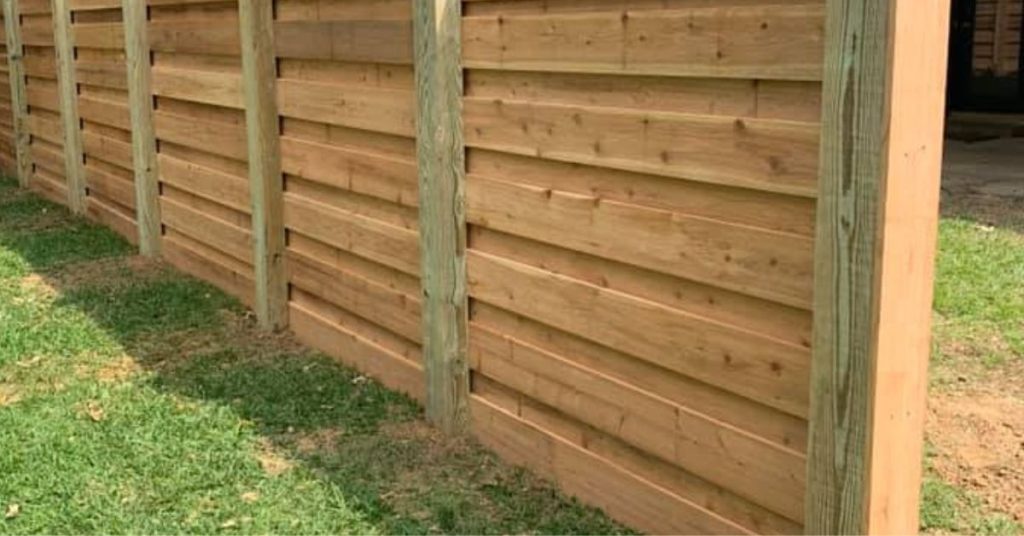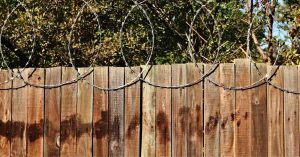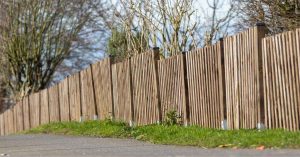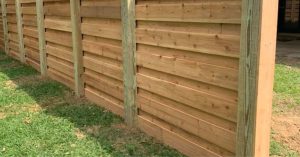A wood fence adds warmth and charm to any home, but without proper care, it can suffer from weathering and rot.
At State Fencing, we’re dedicated to helping you maintain the longevity and beauty of your wood fence through effective protection strategies. This guide will walk you through essential steps to shield your fence from the elements and ensure it remains a durable part of your landscape for years to come.
1. Understanding Wood Fence Weathering and Rot
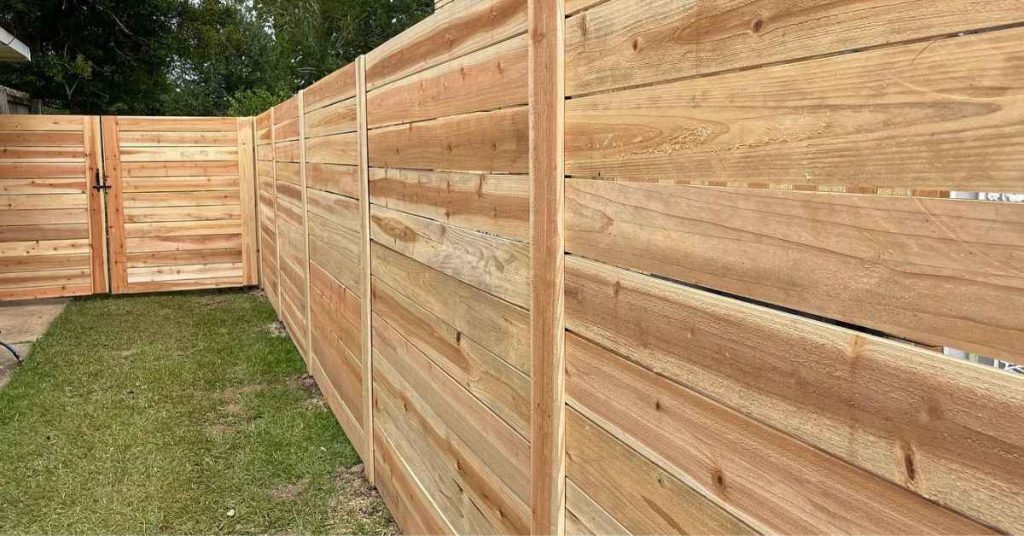
Wood is a sturdy and aesthetically pleasing material, but is naturally susceptible to harmful elements. Over time, exposure to moisture, sunlight, and extreme weather conditions can cause wood to warp, crack, and rot. Moisture is particularly harmful, as it can seep into the wood and create an ideal environment for fungus and decay. Understanding these threats is the first step in effectively protecting your fence.
2. Choosing the Right Wood
Not all wood types are equal when it comes to fencing. Woods like cedar and redwood are naturally resistant to decay and pests, making them excellent choices for outdoor fencing.
However, these premium woods might come with a higher price tag, so weigh the initial investment against the potential long-term savings on maintenance and replacement. Additionally, treated woods like pressure-treated pine can also offer good durability at a more affordable price point.
3. Initial Treatment and Staining
To maximize the lifespan of your wood fence, it’s crucial to apply a protective stain or sealant shortly after installation. These products act as a barrier against moisture and UV radiation, two primary culprits of wood damage.
Choose a high-quality product recommended for outdoor use and suitable for your type of wood. Apply it according to the manufacturer’s directions, typically every 2-3 years, to maintain its effectiveness. This not only helps in protecting the wood but also enhances its natural color and grain, boosting your property’s curb appeal.
4. Regular Maintenance and Care
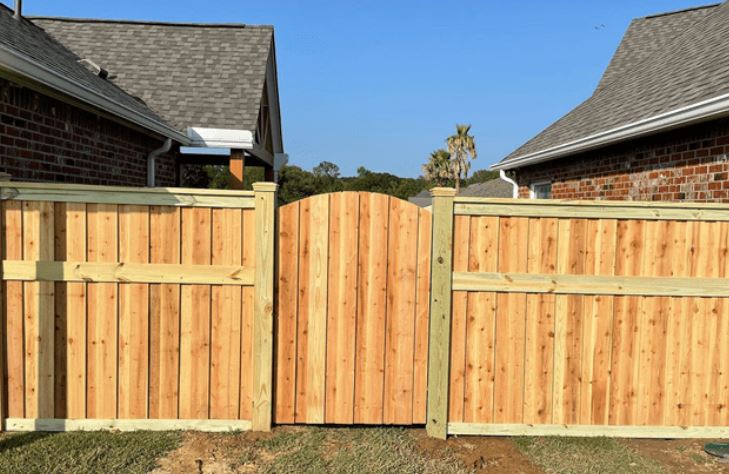
Routine maintenance is key to prolonging the life of your wood fence. This includes:
- Cleaning: Gently wash your fence annually with a power washer on a low setting or a garden hose and soft-bristled brush to remove dirt, mold, and mildew. This prevents buildup that can trap moisture against the wood, leading to rot.
- Inspection: Regularly inspect your fence for signs of damage or rot. Pay special attention to areas near the ground, which are more susceptible to moisture. Check for loose nails and screws, and make sure the fence posts remain secure and upright.
5. Preventative Measures Against Weathering
In addition to routine staining and cleaning, consider other preventative measures like paint or a more durable finish if your area experiences harsh weather conditions. Paint provides a thicker barrier against moisture and UV rays but will require more frequent upkeep to maintain its protective properties.
Alternatively, installing a gravel or concrete base at the bottom of the fence can prevent direct contact with soil, significantly reducing the risk of rot.
6. Repairing Damaged Sections of Fencing
If you notice any signs of damage, such as soft wood or visible rot, address these issues promptly to prevent further deterioration. Replace damaged planks, posts, and sections to keep the fence structurally sound and aesthetically pleasing.
Regular fence repairs can save money and extend the fence’s life significantly. For more extensive damage, consider hiring a professional who can ensure that repairs are thorough and that the integrity of the fence is maintained.
7. Advanced Protection Techniques
For those looking for advanced protection, newer technologies and products offer enhanced performance. These might include specially treated woods or composite materials that mimic wood but provide greater resistance to environmental factors. Innovations such as water-repellent coatings and UV-resistant finishes can also be applied to further protect the wood from the harsh elements.
8. Professional Help and Services
Sometimes, the best way to ensure your fence’s longevity is to seek professional help. If you’re unsure about the best type of protective treatment or need assistance with a significant repair, consult with a fencing expert.
Professional services can provide peace of mind and guarantee that your fence is adequately maintained.
Conclusion
Protecting your wood fence from weathering and rot requires a combination of the right materials, regular maintenance, and timely repairs. By following these guidelines, you can enjoy the beauty and privacy of your wood fence for many years. At State Fencing, we are here to help you with every step, from choosing the right materials to professional installation and maintenance.
Is your fence ready to withstand another season? Contact State Fencing today to discuss your maintenance needs or schedule a consultation. Let us help you keep your wood fence in top condition year after year. Visit our website or call us now to learn.

